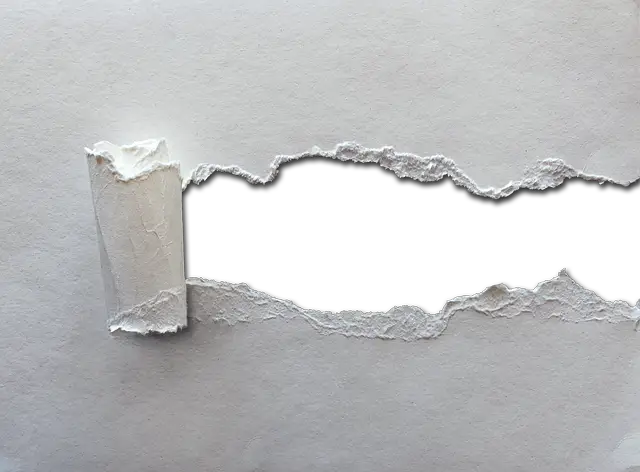Contents
Plagiarism is not a crime; it is simply bad manners.
Many people think that they can get away with copying other people’s work simply because it’s already out there, or because they’re too lazy to reword ideas or cite them properly in papers or other formal documents. Avoiding plagiarism is easy, provided that you follow these tips and reminders.
What is Plagiarism?
Plagiarism happens when a person uses or very closely imitates the language and ideas of another author or writer, and he or she will claim original authorship of it. There are three common ways to commit plagiarism:
Using an idea that’s not yours, but you pass it off as your own. All ideas come from somewhere, and even the most original and groundbreaking ideas have to come from somewhere. If you use an idea that you know is not yours but pass it off to be your own, you are committing plagiarism.
Citing text improperly or recklessly. For formal papers and academic documents, citations are absolutely necessary for text or ideas lifted off or taken from another author. Plagiarism occurs when you do not cite an idea with the recommended format, or if you do not cite the text at all.
Copy-paste. Thanks to computers and the Internet, more information is available to many people. Plagiarism becomes so much easier with computers, because some people can merely highlight text or copy an image, paste it on a blog or a document, and pass it off as their own.
Plagiarism may not be a crime in itself, but for academics and journalists, the offense is very grave. Academic dishonesty can lead to suspension and expulsion, especially if a paper is found to be plagiarized. Journalists and writers frown upon plagiarism because it seriously violates professional ethics.
Original Text
The key to avoiding plagiarism is to use original text as much as possible. For blogs and essays released to the public, it’s very important to use sentences and passages that are unique to you and that you’re not copying them from somewhere. Remember that plagiarized work, especially ones that are copy-pasted, can be detected very easily.
Paraphrase and Précis
There are times that you do know your ideas come from somewhere, but you need to write them in such a way that they are original, especially if you’re not writing formal documents or academic papers. Paraphrasis and précis are your two best tools for expressing other people’s thoughts in your own words:
Paraphrase is a writing form where a certain passage is reworded into the writer’s own words, but the thought remains the same. Paraphrasis is used best when you have to rephrase a few passages from a text.
Précis is a writing form where the whole text is summarized in the writer’s own words. Instead of rewording specific passages, a précis is a short paraphrase of the entire text written in the past tense.
Use Proper Citations
For academic works like theses, term papers, and dissertations, citations are absolutely necessary if you’re quoting text or citing references. Your department may have a particular style manual used for academic papers, and you should consult the style guide from time to time to check if you’re citing references properly.
Remember that you should stick to the rules of citing other people’s work; do not attempt to make your own “unique style” of citations especially if you’re making a formal academic text.
Plagiarism is the height of bad manners, especially for writers, journalists, academics, and students. With these tips, you can write anything with confidence, without committing academic and professional dishonesty.

